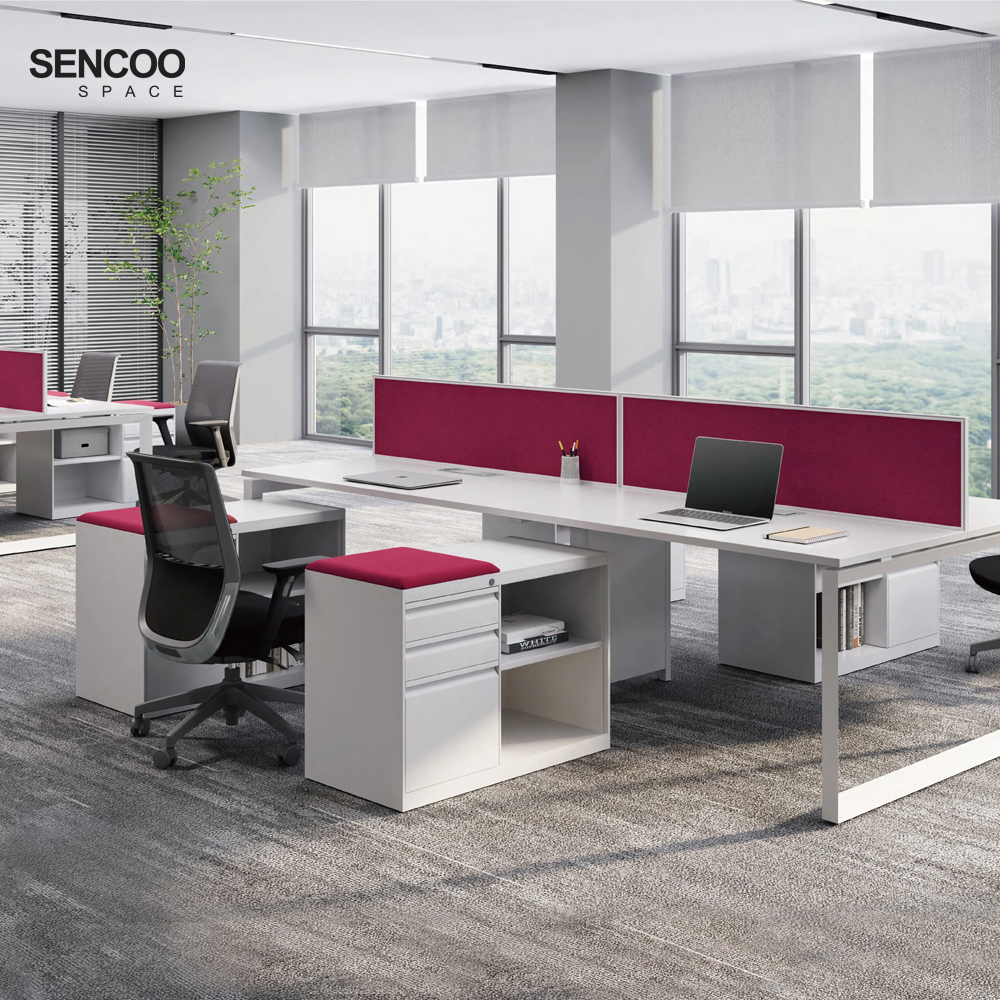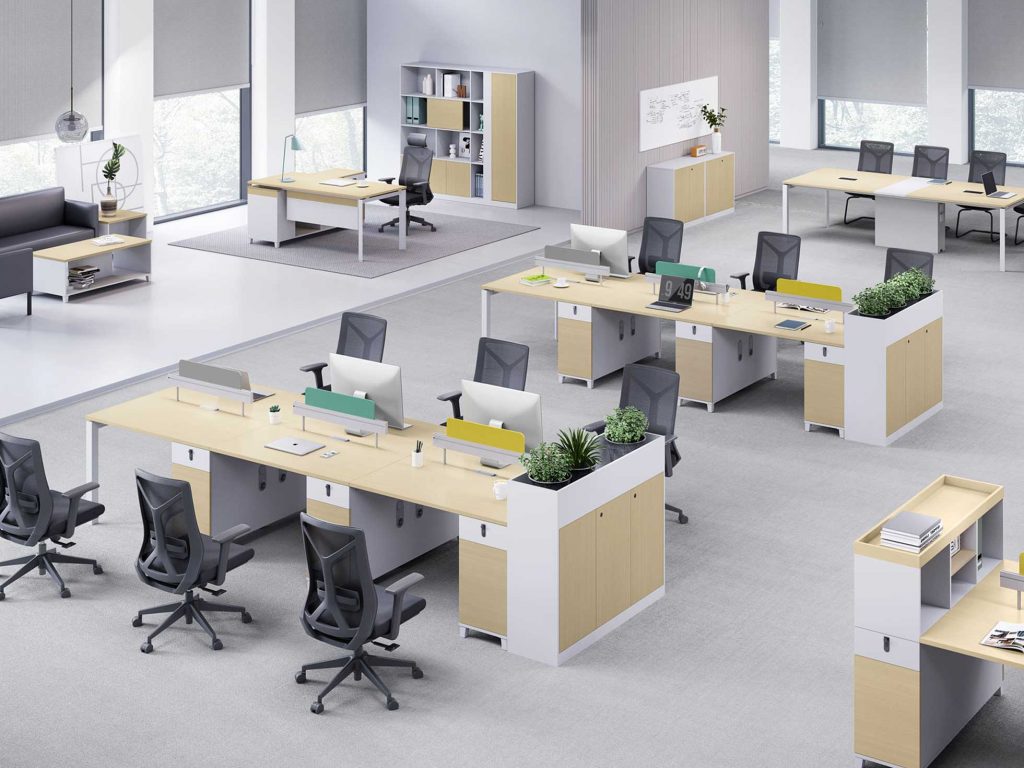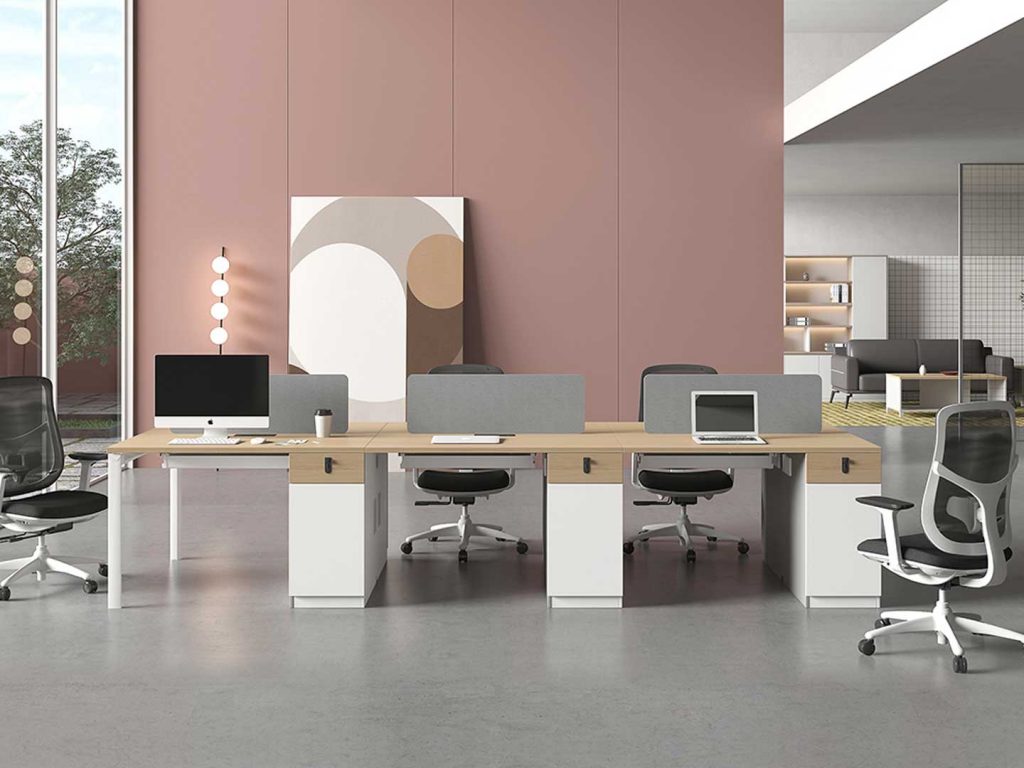When working with a limited budget, purchasing cost-effective office furniture requires careful planning while ensuring the quality and practicality of the furniture. Below is a cost-effective office furniture procurement plan:

1.Clarify Needs
(1)Office Desks
Select the appropriate size and style based on the number of employees and office space. Prioritize multifunctional desks, such as those with built-in storage.
Choose ergonomic chairs to ensure employee comfort during long working hours.
(3)Storage Cabinets / File Cabinets
Choose the right size and type based on file storage needs.
(4)Meeting Tables and Chairs
Select suitable meeting furniture based on the size of the conference room and the frequency of meetings.
(5)Others
Items such as partitions, sofas, and coffee tables should be purchased based on actual needs.
2. Set a Budget
Set a reasonable budget range based on the company’s financial situation. Allocate the budget across different furniture categories, prioritizing essentials (such as desks and chairs).
3. Quality and Durability
(1)Materials
Choose durable materials such as steel frames, solid wood, or high-density boards.
(2)Craftsmanship
Check the craftsmanship of the furniture to ensure there are no obvious defects or flaws.
(3)Warranty
Choose brands that offer warranty services so that repairs or replacements can be made in case of issues.
With a limited budget, prioritize essential items, select cost-effective brands and suppliers, and focus on quality and durability to ensure employee comfort and health. By making reasonable budget allocations and procurement strategies, a highly efficient office environment can be achieved within a limited budget.

